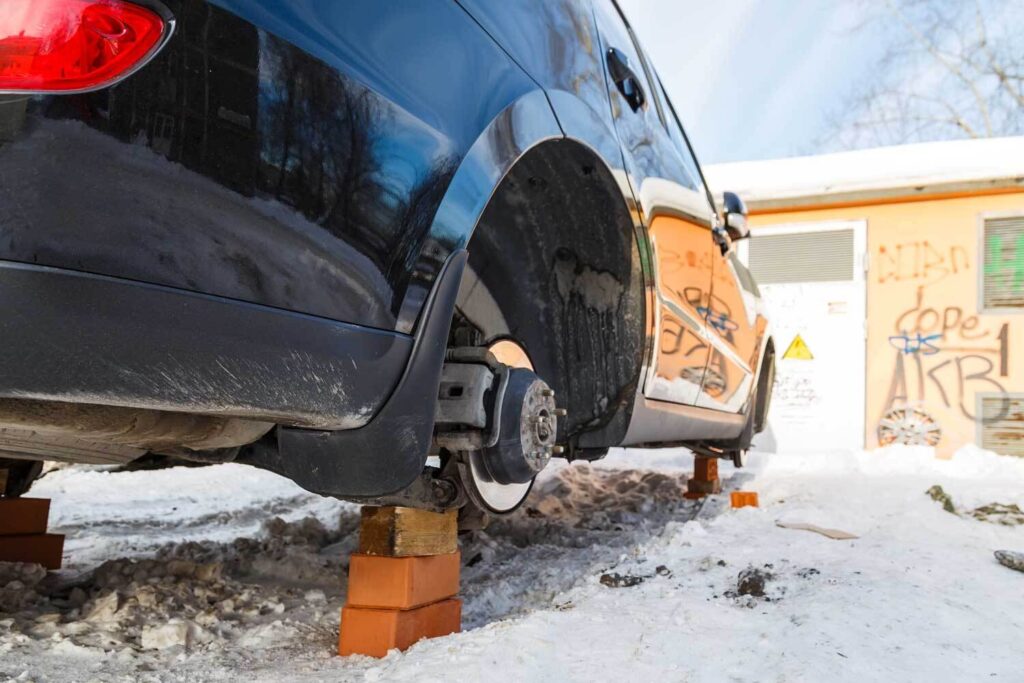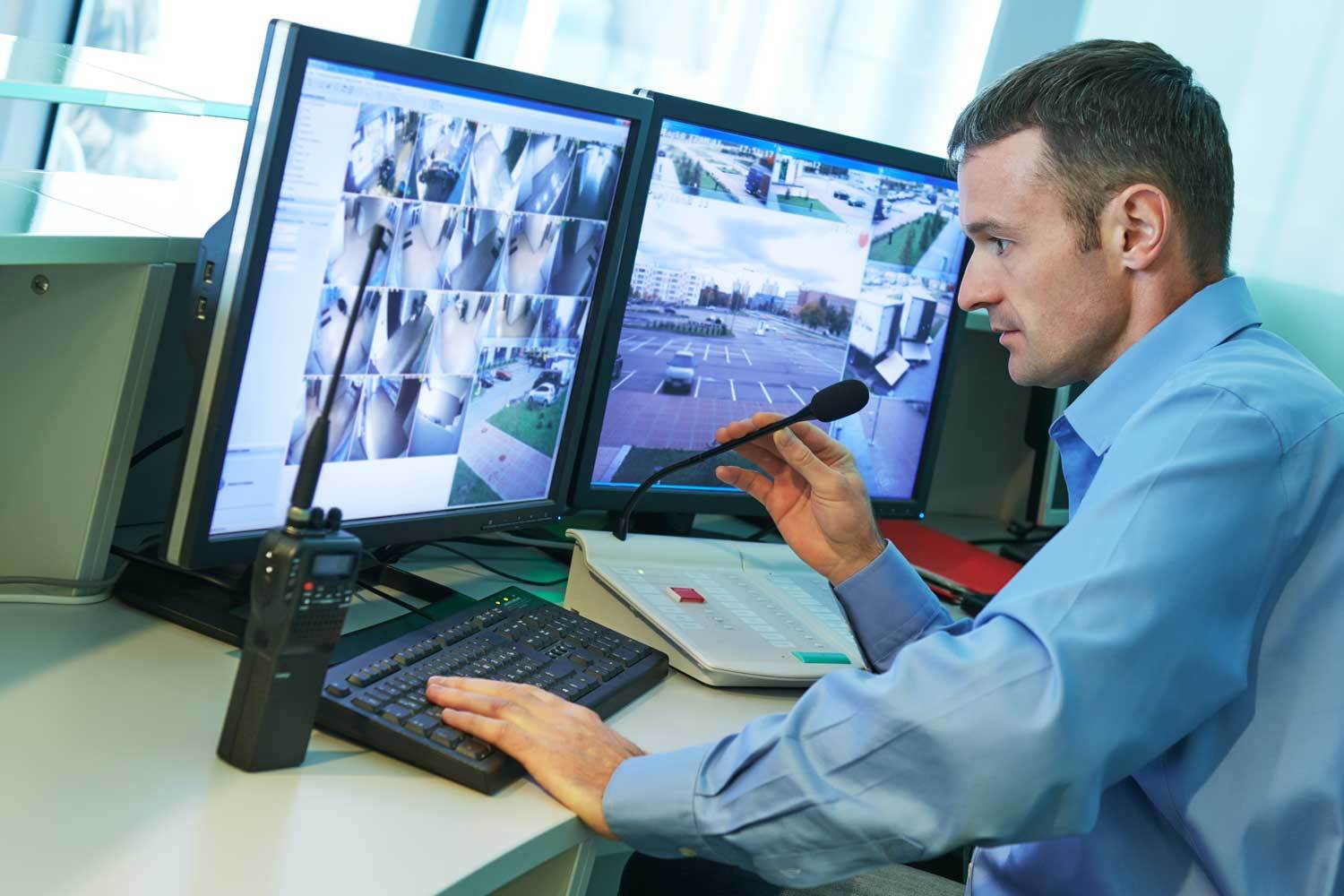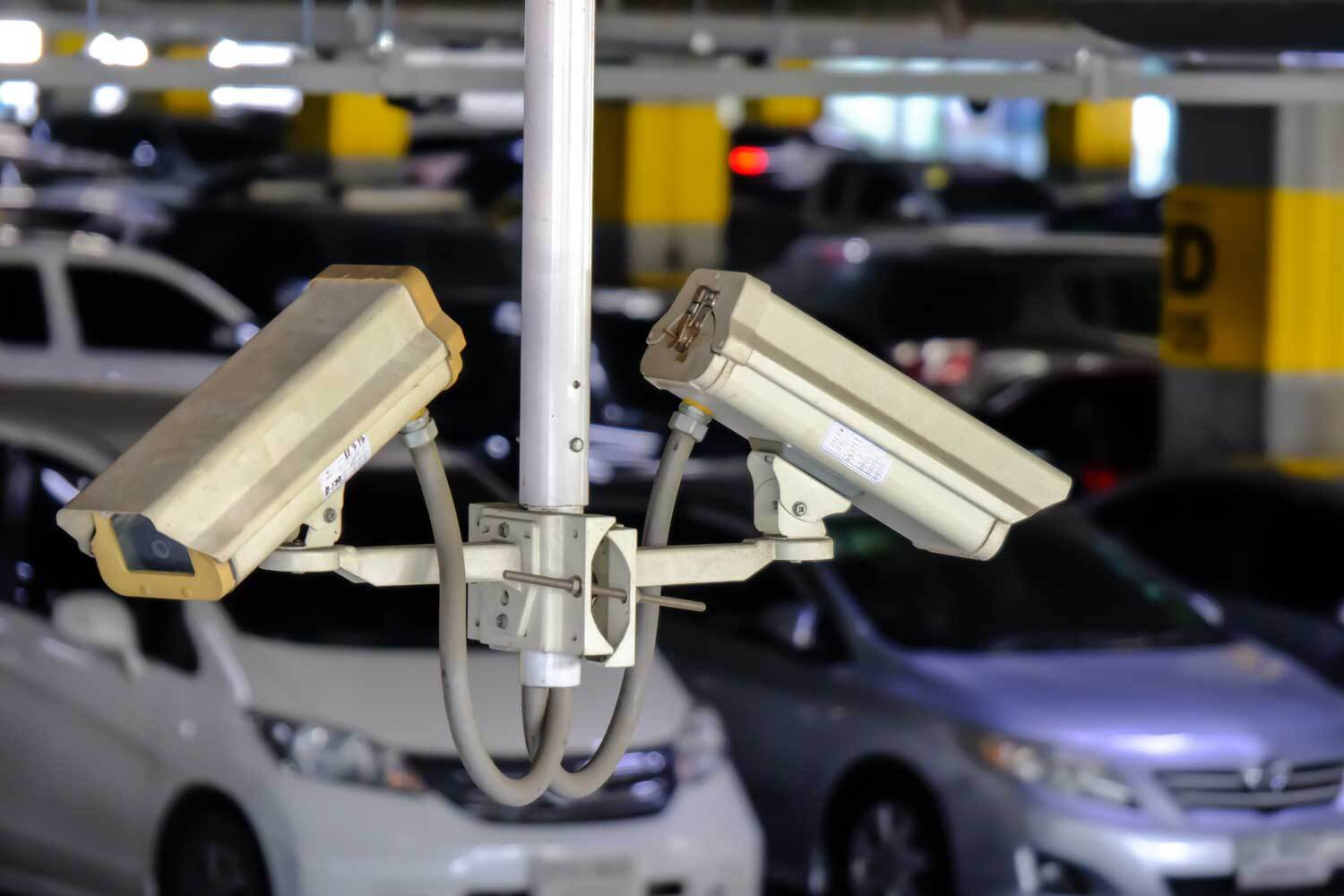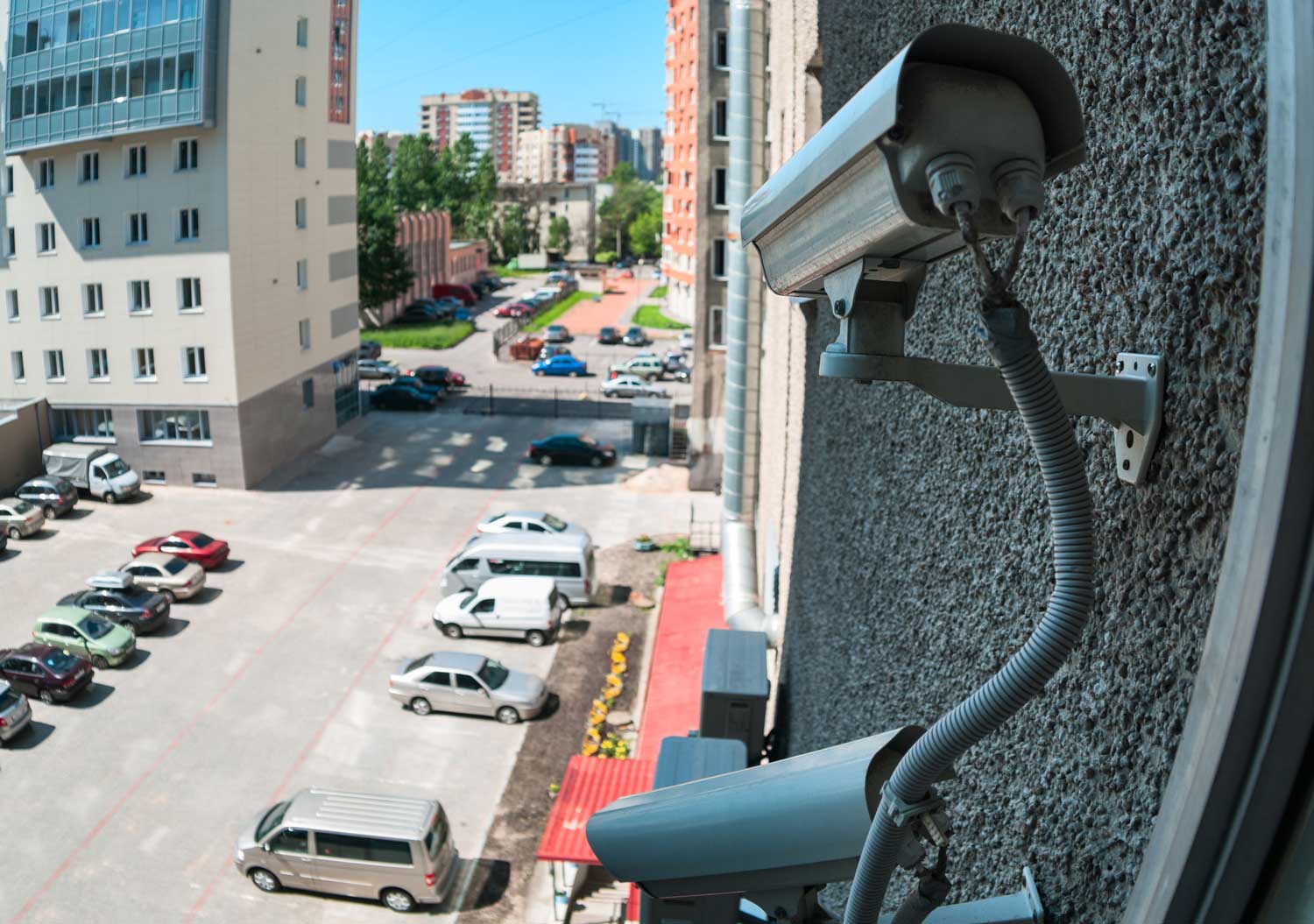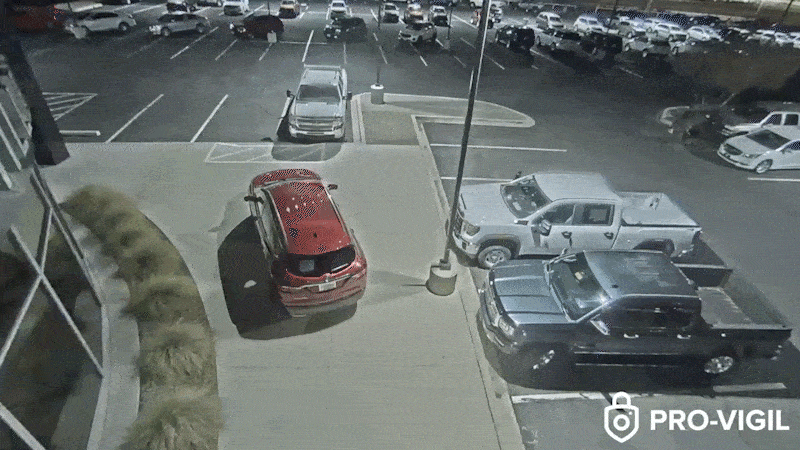It happens overnight and is often over before the morning crew arrives. Rows of brand-new vehicles jacked up and stripped bare — and every wheel is gone. Dealerships across the country are facing a surge in organized tire and rim theft, and the consequences go far beyond the cost of replacement.
In February 2025, thieves stole nearly $10,000 worth of tires and rims from a brand-new Ford Bronco at a Colorado Springs, Colorado dealership. Police later found the stolen items listed on Facebook Marketplace. During the investigation, police arrested a suspect possessing vehicles and narcotics.
Last October, thieves stole over $22,000 worth of wheels in a single night at a Ford dealership in Rockdale, Texas. Thieves stole approximately a dozen wheels, but dealership managers indicated that further inspection could discover an even higher loss.
Police see an increase in these incidents around the country. In just one Baltimore county, law enforcement reported nearly 300 cases of tire theft in one year. These aren’t random crimes, either; they’re highly coordinated and hard to stop without better security.
If your lot lacks real-time video surveillance, you may not even realize what’s happening until it’s too late. Even if you have cameras, without active deterrents or human oversight, you’re just recording the loss instead of preventing it.
Here’s how to prevent tire theft at your dealership using smart surveillance strategies, deterrents, and a more proactive security approach.
Why Thieves Target Tires and Rims
Tires and wheels are fast, high-value items to steal. Organized crime groups can lift a full set from a vehicle in less than two minutes using portable jacks and cordless impact wrenches. Then they disappear before police are even dispatched.
Why the demand?
-
A full set of OEM tires and rims can fetch thousands on the secondary market.
-
Resale happens quickly and anonymously through online marketplaces or overseas.
-
Tire sizes and styles easily match popular makes and models.
Traditional fencing or alarms don’t slow these criminals down. Only real-time monitoring, quick human response, and visible deterrents can disrupt the theft.
How to Prevent Tires from Being Stolen: Key Security Strategies
Protecting your dealership’s inventory doesn’t mean hiring more guards or building higher fences. It means using smarter surveillance and integrating layered defenses. Here’s how.
Use AI-enabled Surveillance Cameras
Start with comprehensive and intelligent camera coverage. AI-enabled cameras detect unusual activity, such as loitering, movement near tires, or people crouching near vehicles after hours.
Pairing smart cameras with a video surveillance system gives you several key advantages. First, it allows you to monitor all areas of the lot around the clock, ensuring complete visibility at any time of day or night. Whether it’s early morning deliveries or late-night activity, nothing goes unnoticed.
These systems also flag suspicious behavior in real-time. If someone loiters near a vehicle, crouches by a wheel well, or enters the lot after hours, the system immediately recognizes the threat. It doesn’t wait until the damage is done; it acts while there’s still time to intervene.
Best of all, alerts can be routed instantly to a virtual guard who can verify and respond appropriately. This kind of human vigilance can reduce false alarms and make sure that real threats get the attention they deserve — fast.
Add Virtual Security Guard Monitoring
Even smart cameras need human backup. Virtual guard services connect your camera system to trained security professionals who watch for threats and intervene in real-time.
When a threat is detected, the virtual guard can:
-
Speak directly to the intruders using two-way audio.
-
Trigger strobe lights or alarms to deter them.
-
Contact law enforcement with accurate location and details.
Virtual guards provide a cost-effective way to monitor your lot 24/7, especially during off hours when tire theft is most common.
Position Cameras for Tire-level Visibility
Most surveillance systems cover wide angles or general entrances. But to stop tire theft, you need camera views that capture specific behavior near wheel wells.
Install additional cameras focused low along the perimeter of parked vehicles, especially near high-value inventory or back lots. These feeds give better visibility into crouched or concealed activity and help AI systems detect jack lifts, tool use, or suspicious movement.
Light Up the Lot
Lighting isn’t just for aesthetics — it’s one of the simplest theft deterrents. A well-lit lot makes it harder for thieves to work unnoticed and improves camera footage quality.
Use motion-activated lights to startle intruders and direct attention to areas where they don’t belong. Also, consider overhead lighting combined with lower-mounted LED floodlights along walkways and drive aisles.
Monitor Your Blind Spots
Tire thieves don’t always strike in the obvious places. They often target back lots, overflow areas, poorly lit corners of the property, or anywhere else they can work undetected. If you’re not actively monitoring these blind spots, you’re leaving open entry points that criminals are more than willing to exploit.
Take time to review your current camera layout:
-
Are all areas where vehicles are stored fully covered?
-
Are corners, alleyways, or loading zones under surveillance?
-
Are you receiving alerts from these zones after hours?
A full perimeter audit can help you identify and correct these gaps before someone else takes advantage of them.
It’s also worth considering how your dealership layout changes over time. Inventory shifts, seasonal demand, or ongoing construction can unintentionally create new blind spots. Reassess your camera placement anytime your lot configuration changes. Regular walkthroughs — especially at night — can help you spot vulnerabilities that aren’t obvious on a monitor during the day. Staying proactive keeps your defenses strong, even as your lot evolves.
The Cost of Doing Nothing
When you add up the cost of stolen tires, damaged vehicles, repair labor, and insurance claims, even a single incident can set your dealership back tens of thousands of dollars. But that’s just the beginning.
Tire theft also damages your reputation and disrupts operations. Inventory goes offline. Deliveries get delayed. Customers get nervous. Insurance premiums rise.
And if it happens more than once? You become a target.
Dealerships with reactive security or no deterrent are more likely to be hit again. Criminal groups share information, and word spreads fast when a lot is known to be unprotected.
A Better Solution: Proactive Deterrence, Not Just Surveillance
The best way to prevent tire theft is to stop the crime before it happens. That means going beyond static surveillance and deploying a layered system that detects, verifies, and responds — fast.
Pro-Vigil helps auto dealerships across the country do exactly that.
We combine AI-powered cameras, live remote monitoring, and active deterrents like lights and speakers. When something suspicious happens, a virtual guard steps in immediately. It gives you a physical presence on your lot at all times without the costs and liability of live security.
We believe preventing theft isn’t about watching the footage later. It’s about making sure you don’t need to.
Ready to protect your dealership’s inventory?
Contact Pro-Vigil to schedule a free security assessment and learn how our video surveillance services can stop tire theft before it starts.
Q&A
Wheel locks can slow thieves down but aren't a complete solution. Experienced tire theft crews often carry tools or master keys that bypass standard locks. While wheel locks may deter amateurs, they won't stop organized groups who target dealerships. Combine physical deterrents like locks with active video surveillance and real-time response capabilities for real protection.
Don’t overlook your service department or tire storage areas. Thieves often target loose inventory stored in garages or rear buildings. Secure these areas with access control, interior cameras, motion sensors, and proper lighting. If possible, store high-value items in locked cages and limit after-hours access. Indoor areas need the same level of vigilance as your outdoor lot.

